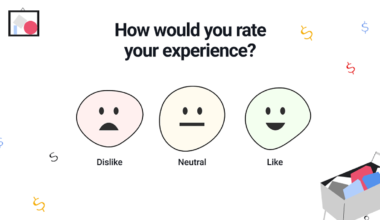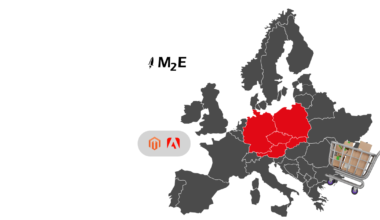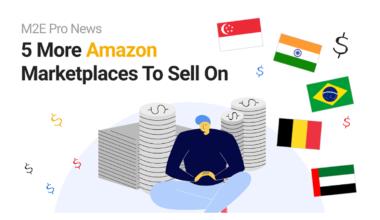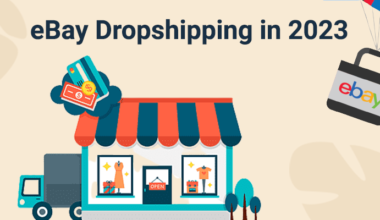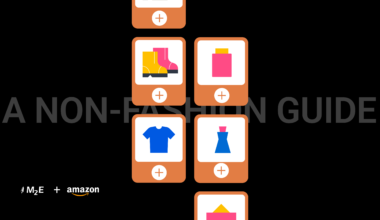This is straightforward guide which will help beginners in online commerce to start to sell their products on Amazon.
According to Statista data, Amazon is currently ahead of every online marketplace in terms of monthly visitors. This makes it quite a viable platform for new sellers to start their online business, for the chances of finding the right audience are pretty high.
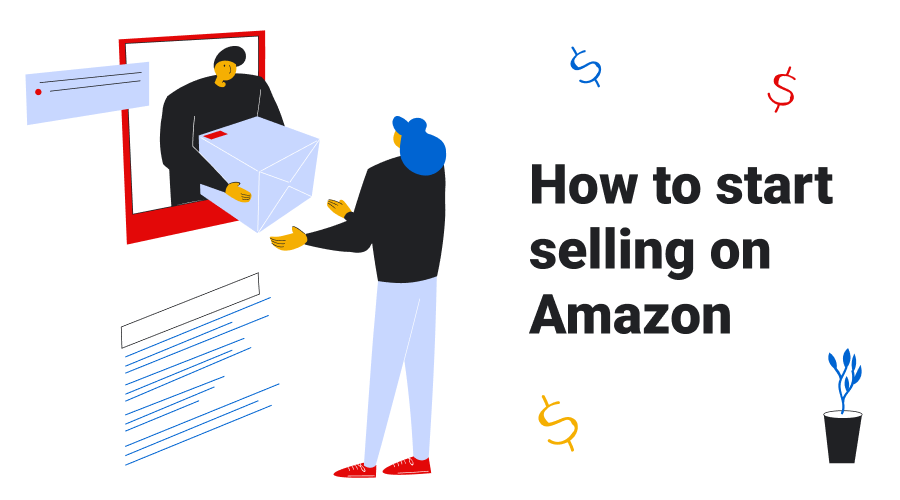
First steps to start selling on Amazon
To become an Amazon seller, you’ll need a Seller Central account. You can think of Seller Central as a cockpit of your sales Boeing. To create one, you’ll need to make some preparations and ensure that you have:
- A bank account number
- A chargeable credit card
- A government-issued national ID
- A relevant phone number
- All the corresponding tax information
Having registered an account, you should choose a marketplace you want to sell in. Amazon has lots of them all around the globe, grouped by regions: Americas, Amazon Europe, Middle East, and the Asia Pacific. But if you live in a region without its own marketplace, stick to the US one, for it’s the largest.
Note that you can have only one Seller Central account for one region, but it covers all the marketplaces within that region.
Marketplace Selection and Seller Plans
Amazon offers you two options to conduct your business:
- Individual plan
- Professional plan
With this comparison, you’ll get a better understanding of what prospects each of them provides.
Here all depends on the scale of your business. You could start with an Individual plan, but a Professional one is proven to be more viable in the long run. But you can switch between the plans anytime. The choice between Individual and Professional seller plans and the ability to sell across different Amazon marketplaces based on geographical location are foundational aspects of selling on Amazon. However, fees, benefits, and features associated with these plans can evolve, so checking the current details on Amazon’s site is recommended.
Setting Up The Account
Amazon is quite renowned for its buyer-oriented approach, so it’s quite demanding to sellers. Thus, while setting up your account:
- Provide clear and detailed information about your policies.
- Set your shipping and return policies and make them as favorable as Amazon’s.
- Update your business contact information (email, phone number).
- Actualize your credit card and bank account information.
After all this, Amazon will take some time to examine and approve your account.
And when you’re all set and done, it’s time to list your first product. But the procedure is a little tricky on Amazon, so it makes perfect sense to dive a little deeper into the company’s distinctive features here.
Catalog and listings
Amazon designed its own unique product identifier. It lies at the core of its catalog structure. While other large e-commerce platforms use Global Trade Item Numbers (GTINs), Amazon came up with the Amazon Standard Identification Number or ASIN. It consists of ten alphanumeric symbols. The company uses ASINs to arrange and structure its product catalog in a comprehensive manner, thereby facilitating the searching process for buyers.
If your marketplace is already hosted on Magento and you would like to sell your wares on Amazon, check our Magento Amazon integration which will greatly simplify management of your operations across several selling channels
While creating a new listing, you’ll have to either associate your product with an existing ASIN or create a new one, if your product isn’t marketed yet. Buyers, in their turn, can enter a specific ASIN in the search field to find the desired product right away, without browsing through various categories or applying filters.
Amazon displays ASINs in several places on the product page:
- In the product URL
- In Product information
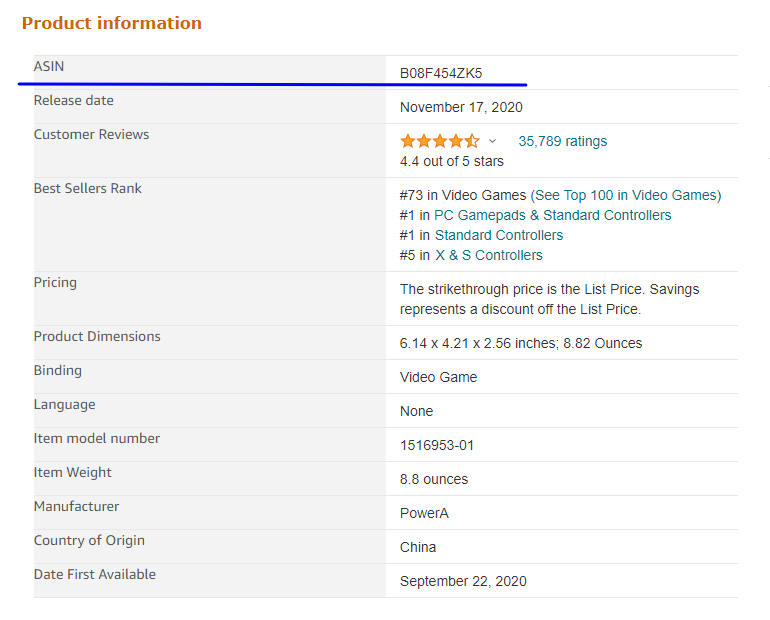
Amazon has a number of limitations regarding the creation of ASINs, though. You can get familiar with the full list here.
It’s important to note that Amazon limits the number of ASINs a seller can create in a week. It depends on a seller’s history on Amazon. Simply put, the more you sell, the more ASINs you’re allowed to create (the relevant statistic about your account is updated weekly).
Amazon stores unique ASINs only within one marketplace. So, different sites could use different ASINs for the same product.

Amazon uses ASINs to structure its catalog in the form of a tree, where categories and subcategories represent branches and products represent leaves. To make the process of working with the structure easier, Amazon designed Browse Tree Guides (BTGs). Those are rules to correctly assign your products to specific categories. BTGs are essential for optimizing product listings. Amazon considers them quite important and recommends you examine them before making product listings live.
So, let’s create a listing now. Amazon expectedly offers you two ways to do this:
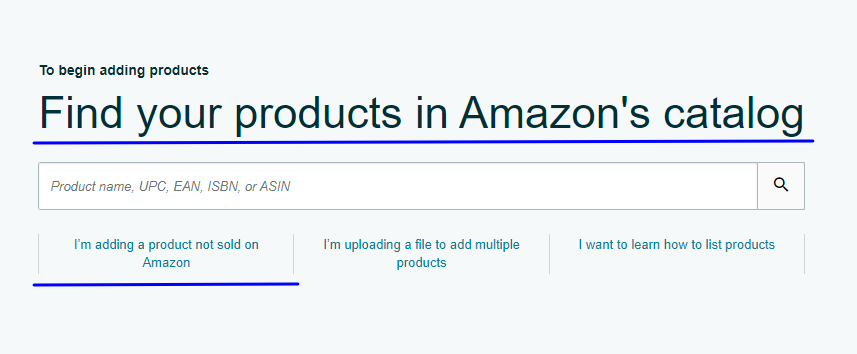
Note that you can list only one product at a time under the Individual plan, and only the Professional one allows you to list products in bulk. Thus, experienced sellers often resort to third-party solutions, like M2E Pro, to facilitate and automate the process.
To list a product under a new ASIN, you’ll have to:
- Find the right category
- Write bullet points and description
- Upload relevant photos
The process is substantially simpler if you want to list under an existing ASIN–find the product you want to sell > open the product page > select Sell on Amazon.
And, as we discussed earlier, Amazon requires you to list your products in the correct categories. There are general requirements that apply to all categories. In addition, each category has slightly different listing requirements that sellers should follow. These requirements are gathered in Category Style Guides, although not all the categories have them.
For certain products, brands, categories, and sub-categories, Amazon requires sellers to obtain approval before listing products for sale. The approval process may include document requests, performance checks, and other qualifications.
Besides, Amazon allows sellers to list variational products. They are sets of products with child-parent relations implemented via ASINs. So, to create such a relation, you should find and assign the right ASINs for your parent product and its variations.

Variational products can differ by parameters like color, size, material, etc. called specifics. As a rule, the category you list products in determines the set of specifics and if they are optional or mandatory.
Now, let’s take a look at the product page. It looks something like this.
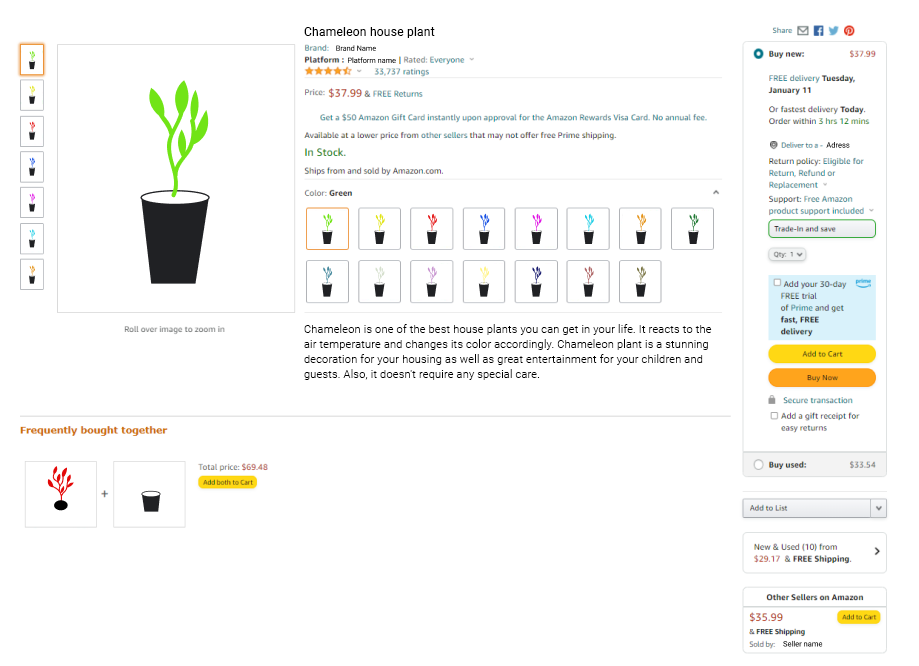
You can see the title, description, bullet points, images, variations, all of the data you specified while listing, here. But if you take a closer look, you might find yourself a little confused.
The product displayed on the page can be yours, but all other aspects can differ. And here is why: all sellers that sell the same product, under the same ASIN, share the same product page. But there is only one Add to Cart button and only one Buy Now button, and that’s what makes competition on Amazon so stiff. Let us introduce you to the Buy Box.
The Buy Box is that precise area with the buttons mentioned above. It’s proven to boost sales of the vendor who gets it. Only one seller can hold the Buy Box at a time. Amazon uses its own algorithms to decide who will get it, keeping the mechanics under the hood, though. There are, however, some parameters that Amazon most surely takes into account. Among them are:
- Landed price
- Fulfillment method (FBA is in favor)
- Shipping time
- Best Seller Rank (BSR)
So, it’s in your best interest to make them as competitive as possible.
All other sellers can be found in the Other Sellers on Amazon section, below the Buy Box.
Regulatory Compliance and EPR
For sellers in certain categories or regions, compliance with regulatory requirements such as Extended Producer Responsibility (EPR) regulations may be applicable. It’s important to stay informed about these requirements as they can affect product listings and seller responsibilities.
EPR, or Extended Producer Responsibility, is a policy to lessen the environmental impact of products. It means manufacturers, including importers and sellers, take on more responsibility for managing a product’s lifecycle, instead of local governments. Usually, EPR rules cover various products like:
- packaging,
- electronic equipment,
- batteries,
- chemicals,
- tires,
- furniture.
Orders and fulfillment
If everything was done right, you would eventually get an order. It’ll appear in Seller Central, in Orders. Further, the order gets the Pending > Unshipped > Completed statuses; otherwise, it gets canceled.
Another thing you need to know about sales on Amazon is that each item is awarded the Amazon Best Sellers Rank (BSR) after at least one sale. It indicates how well a product sells–the lower the rank, the higher the sales (an item ranked #1 sells better than one ranked #1000). The rate is updated hourly.

Products, however, don’t have an overall BSR. It depends on the product category. And since a product can be listed in several categories, it can be ranked #50 in one and #500 in the other.
The mechanisms behind the BSR are also hidden from the sellers. Although its fluctuation mostly depends on sale volumes, it’s less volatile during sales-offs even if the volumes are high.
But let’s get back to orders. The next step you should do is to ship your order. And there are two available options here:
- You can fulfill your orders on your own.
- You can resort to Fulfilment by Amazon.
How does Fulfilment by Amazon (FBA) work? You ship your products to Amazon fulfillment centers and that’s it.
Check our detailed guide of how to start selling with Amazon FBA
All the responsibilities for receiving, picking, packing, and shipping your products are now on Amazon. The company also relieves you from other processes, like returns, refunds, and customer service.
The only thing you need to do is to prepare and ship your products to Amazon facilities. Of course, Amazon charges you for the services; you can get more detailed information on the fulfillment fees here.

Fees and payment
And as we mentioned fees, let’s make a brief overview of some that you might encounter on Amazon.
- Referral fee. Amazon charges you for bringing customers to your listing and selling. Usually, it’s up to 15%.
- Fulfillment fee. As we already established, this fee is charged by Amazon if you delegate the fulfillment part of your business to Amazon. It usually depends on the weight of your products and the marketplace you’re selling in. Can also include a storage fee and a long-term storage fee (charged after 365 days).
- Seller Central fee. We discussed them in the Account section. Amazon either charges you per sale under an Individual plan, or you can subscribe to its Professional plan.
- Removal fee. Charged per item removed. You’ll hardly encounter it if everything goes well.
Lastly, you’ll want to get the funds you accumulated by selling your products. How often you’ll get paid by Amazon depends on your plan. Individual sellers receive those every 7 days with a 14-day hold, professional sellers every 14 days with no hold. Accounts, however, may have additional holds or restrictions placed on them based on status and sales history.
Sometimes you might find an Unavailable Balance (or Account Level Reserve) in your Payments report. This means that Amazon has reserved some of the funds to make sure that you have enough to fulfill possible claims and chargebacks. In this way, Amazon is trying to prevent different kinds of fraud and protect its buyers.
Ready to start to sell on Amazon?
All in all, only a small fraction of the possibilities Amazon provides is covered in this article, but it’ll get you started. You’ll be discovering more and more not-so-evident yet valuable features as you dive deeper into Amazon operations.
It’s always hard to start, but with all this information in mind, you’re well equipped for the journey.

